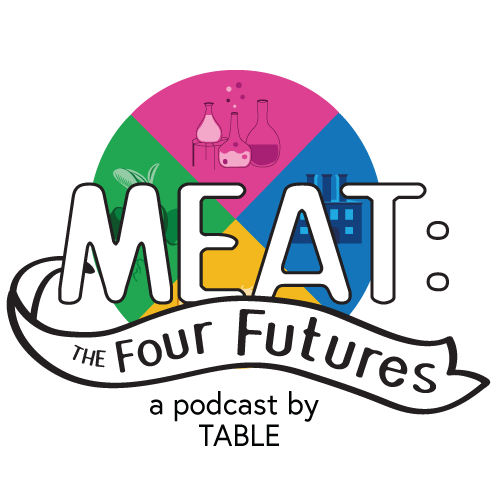Episode summary
What if we had a more compassionate approach to farming animals, where we raised and ate fewer animals - and so meat cost more?
We speak with farmers, researchers and campaigners who don’t see farmed animals only as producers of meat and milk, but instead highlight their ability to manage landscapes and to recycle waste and nutrients. They cannot imagine sustainable cropping systems without livestock.
Is this less meat future a win-win-win for animals, people and the planet, or is it an unrealistic and elitist vision?
Listen to each part

Part 1 - Meat as a happy byproduct (7 minutes)
Tristram Stuart is a farmer, entrepreneur, author and campaigner. He raises belted galloway cattle on his family's pre-war farm, but not for the purposes of raising meat. Instead, he uses livestock to manage landscapes to support diverse plant and animal life.
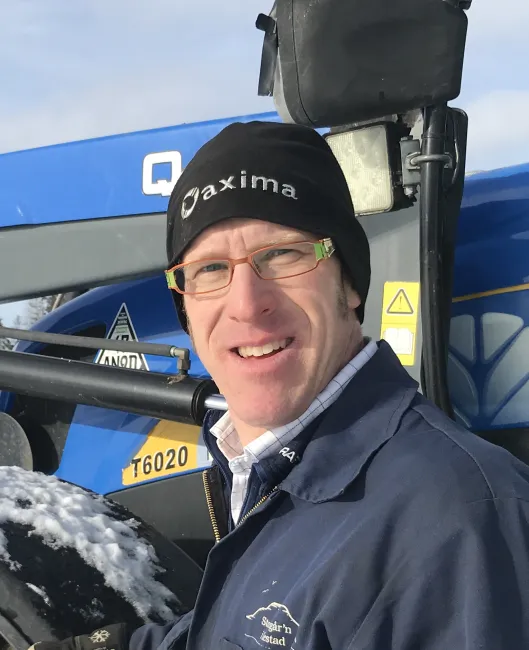
Part 2 - A cow in my next life (8 minutes)
Free-range cattle farmer Per Frederiksson wishes to give a good life outdoors to his herd of cattle. Per talks about why livestock are important to how he sees himself as a farmer and why cattle are key to both his crop rotation and how he manages the land.

Part 3 - Less, but better (6 minutes)
Kajsa Resare Sahlin, PhD candidate at the Stockholm Reslience Centre, researches what is meant by "Less but better" meat. What does better animal welfare, better for the environment, and healthier meat actually look like?
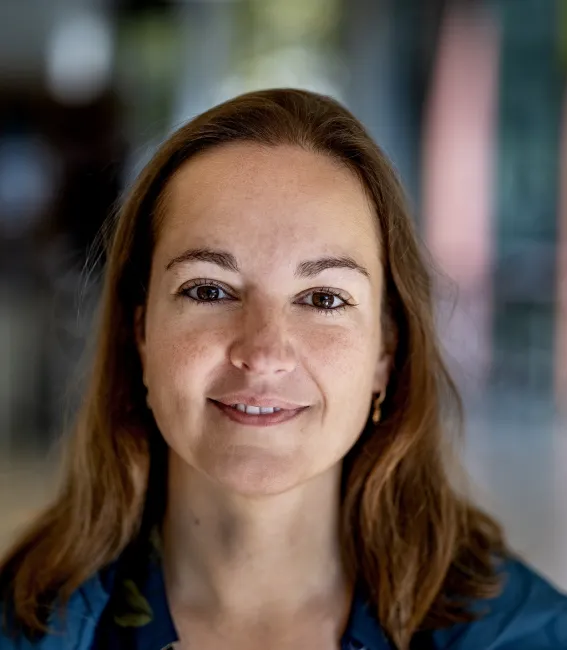
Part 4 - Livestock on leftovers (6 minutes)
Hannah van Zanten, professor at Wageningen University, looks at how we can redistribute food and livestock in a more equitable way. Her research examines what animal production across world regions is possible when we only feed livestock the 'leftovers' from the food system - food waste, industrial by-products, crop residues, and pastures.
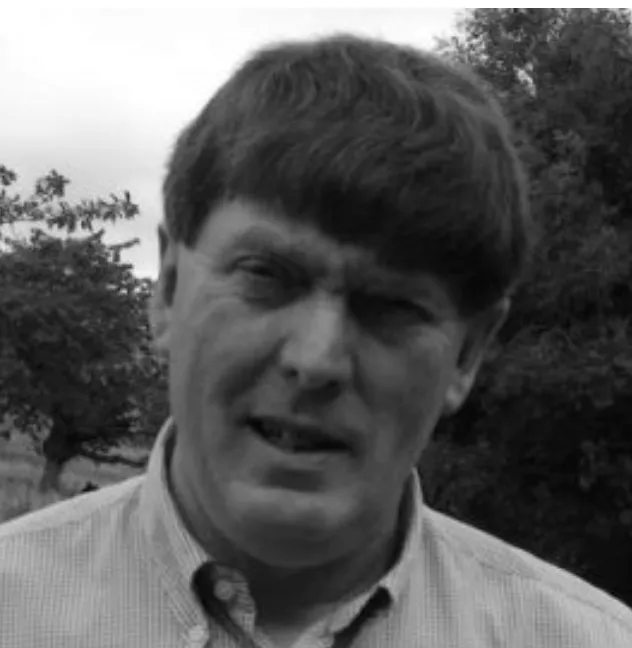
Part 5 - An alternative to industrial animal agriculture (14 minutes)
Robert Barbour and Richard Young of the Sustainable Food Trust share what motivates their alternative vision to intensive livestock production. They argue that pasture-based systems, where animals are able to to express their natural behaviors and aren't consuming large quantities of feed crops, can benefit nature and biodiversity while providing nutritious meat and milk.
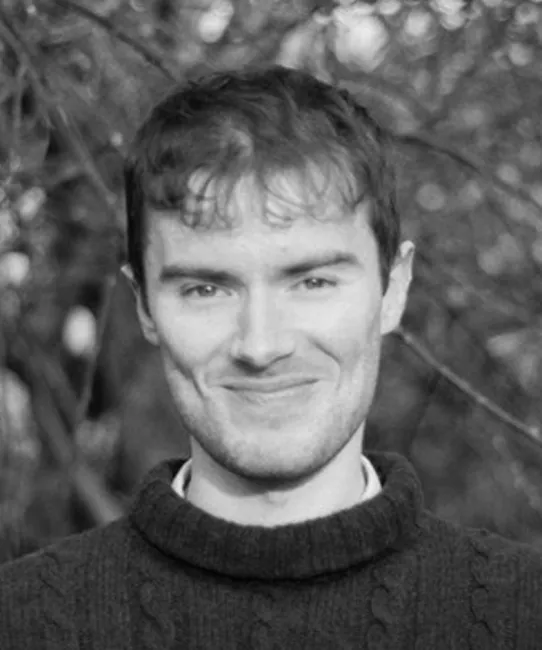
Part 6 - Are the pastures really greener here? (8 minutes)
Is the future really a win-win-win for animals, people and the planet? Here we examine two criticisms of this scenario - shouldn't we be using as little as possible to raise livestock? And how do different guests respond to the prospect of meat being more expensive?
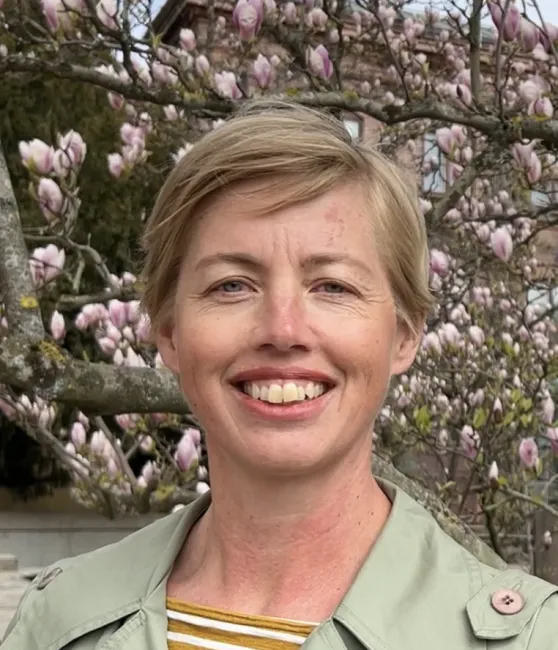
Part 7 - Nudging towards less meat (7 minutes)
Emma Kritzberg, Biology professor at Lund University, shares her experience of nudging the university towards not serving meat as the default option.
Scientific articles and related resources
Part 1 - Meat as a happy byproduct
Tristram Stuart is the founder of Feedback and Toast Ale.
Part 3 - Less, but better
A systematic review of the definitions and interpretations in scientific literature of ‘less but better’ meat in high-income settings (Kajsa Resare Sahlin and Joanna Trewern, 2022)
Delivering "less but better" meat in practice-a case study of a farm in agroecological transition (Kajsa Resare Sahlin et al., 2022)
'Less but better' meat is a sustainability message in need of clarity (Kajsa Resare Sahlin, Line Gordon and Elin Röös, 2022)
Part 4 - Livestock on leftovers
Defining a land boundary for sustainable livestock consumption (Hannah van Zanten et al., 2018)
Feed sources for livestock: recycling towards a green planet (Hannah van Zanten, 2016)
Livestock as resource users and landscape managers: A food systems perspective (Johan O. Karlsson, 2022)
Part 5 - An alternative to industrial animal agriculture
Feeding Britain report (Sustainable Food Trust, 2022)
Speed the plough – or the direct drill and sprayer? (Richard Young, 2023)
Campaign to support local abattoirs, (Sustainable Food Trust, 2018)
Hidden Cost of UK Food report (Sustainable Food Trust, 2019)
The insect apocalypse, and why it matters (Dave Goulson, 2019)
Considering Regenesis: A Perspective from the Sustainable Food Trust (2022)
Part 6 - Are the pastures really greener here?
Integrated spatial planning for biodiversity conservation and food production (Constance Fastré et al., 2021)
Part 7 - Nudging towards less meat
A nudge in the right direction: the role of food choice architecture in changing populations' diets (Hannah Ensaff, 2021)

